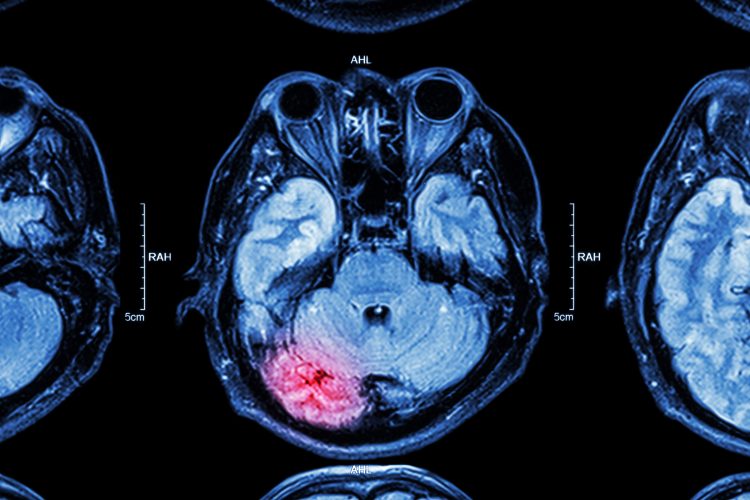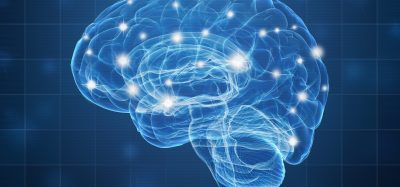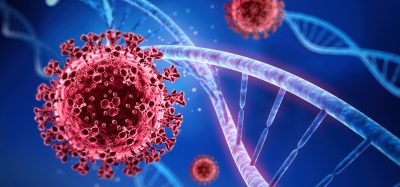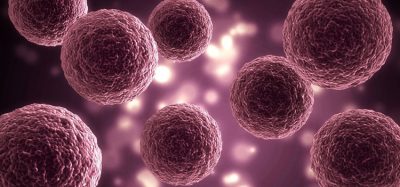KCNJ2 inhibition: a therapeutic target for traumatic brain injury
Posted: 9 April 2024 | Drug Target Review | No comments yet
Using cortical organoids, researchers discovered that targeting KCNJ2 could reduce nerve cell death after TBI.


Researchers from the University of Southern California have explored, using cortical organoids, why a traumatic brain injury (TBI) can quadruple the risk of developing dementia and increase the chance of developing neurodegenerative diseases like as amyotrophic lateral sclerosis (ALS).
Dr Jesse Lai and PhD student Joshua Berlind from the USC Stem Cell laboratory of Justin Ichida used human patient-derived stem cells to grow brain organoids, which they injured with high-intensity ultrasound waves. The injured organoids demonstrated multiple features that are observed in TBI patients, such as neuronal death, TDP-43 nuclear egress and tau phosphorylation.
It was discovered that in organoids derived from patients with ALS or FTD, pathological changes in TDP-43 were more prevalent. This makes their nerve cells more susceptible to dysfunction and death following injury, indicating that TBI might increase the risk of developing these diseases even more for patients with a genetic predisposition. Excitatory neurons, located in the deep layers of the organoids, sustained the worst injuries.
Exploring for ways to protect these neurons against TBI effects, the scientists identified a gene named KCNJ2 through a CRISPRi screen. KCNJ2 contains instructions for creating channels that selectively allow potassium to pass through the cell membrane, enabling muscle contraction and relaxation. Inhibiting KCNJ2 had a protective effect on organoids derived from patients with and without ALS, as well as on mice, after a TBI.
Dr Ichida, John Douglas French Alzheimer’s Foundation Associate Professor of Stem Cell Biology and Regenerative Medicine at USC, and a principal investigator at the Eli and Edythe Broad Center for Regenerative Medicine and Stem Cell Research at USC, explained: “Targeting KCNJ2 may reduce the death of nerve cells after TBI…This could have potential as either a post-injury treatment or as a prophylactic for athletes and others at high risk for TBI.”
This study was published in Cell Stem Cell.
Related topics
CRISPR, Neurons, Neurosciences, Organoids
Related conditions
Amyotrophic Lateral Sclerosis (ALS), frontotemporal dementia (FTD), Traumatic brain injury (TBI)
Related organisations
University of Southern California (USC)
Related people
Dr Jesse Lai (USC), Dr Justin Ichida (USC), Joshua Berlind (USC)








